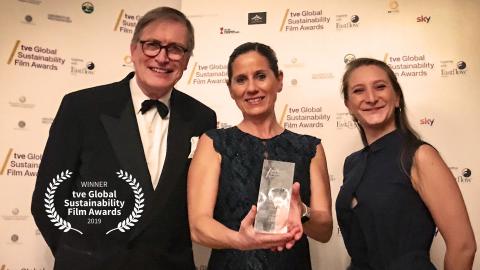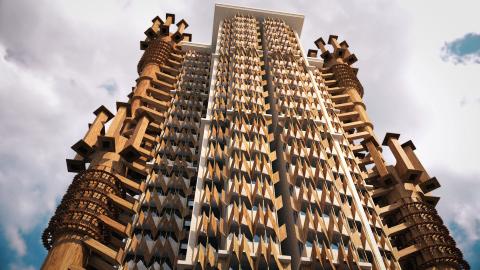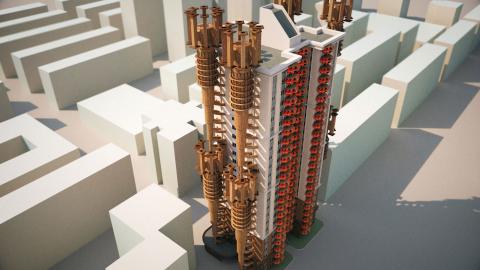Submitted by M.L. R. Grove on Mon, 25/11/2019 - 12:24
The film, entitled 'A Low Carbon Future for China's Furnace Cities', illustrates the findings of the joint EPSRC-NSFC project LoHCool, Low carbon climate-responsive Heating and Cooling of Cities, it is jointly funded in UK and China our partners are Chongqing and Zhejiang Universities with Reading, Loughborough and later on in the project Imperial College when it merged with Paul Linden's MAGIC project on air quality in cities.
It is about adapting very typical buildings in Chinese cities, towers, slabs, lower rise apartment buildings, to cope with a harsh climate, maybe becoming harsher, without sealing all buildings up and air conditioning them for which the carbon penalty would be gigantic.
The built environment sector in China is currently responsible for 36-40% of total national energy consumption (THUBERC, 2016; Zhang, He, Tang & Wei, 2015). Heating, Ventilation and Air Conditioning (HVAC) account for 47% of building energy consumption. Up to 21% of national total energy consumption and emissions of 2.22 Billion tons of CO2 are down to the building stock (THUBERC, 2017; China Statistical Yearbook, 2017). In an attempt to reduce emissions, China's central government has set the ambitious target of reducing CO2 emissions per unit of GDP by 40-45% by 2020 against the 2005 baseline (MOHURD NDRC, 2013).
The highly inter-disciplinary, multi institutional, trans-continental LoHCool research project demonstrates ways in which the existing relatively recent building stock in the cities of the Hot Summer Cold Winter zone (550M citizens, 9 Billion m2 of building floorspace) can be adapted, viably, whilst occupied, to significantly reduce the potential impact surge in emissions if owners and developers simply pursue the Western path of fully air conditioning business-as-usual buildings without attending to their design and fabric. Demand for mechanical cooling is the key issue in reducing carbon emissions in the HSCW Zone.
In Chongqing, colleagues report that winter heat energy use is much reduced but summer cooling energy remains stubbornly constant. Adaptation of the building stock is required to break this pattern. The estimated total annual energy consumption for residential floorspace in the HSCW zone is of the order of 90-135 Billion kWh. The LoHCool research question is how to mitigate a potential future 320 - 415 Billion kWh of energy consumption per annum across this region and the attendent carbon emissions.
Find out more about the Global Sustainability Film Award here: https://gsfa.tve.org/



